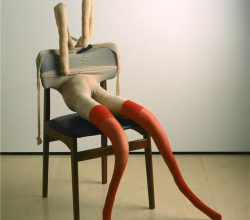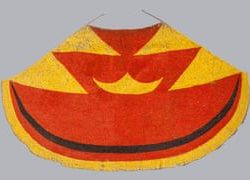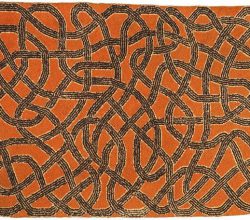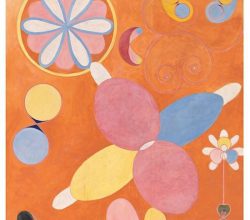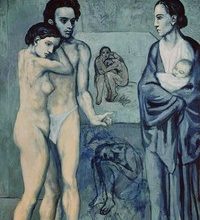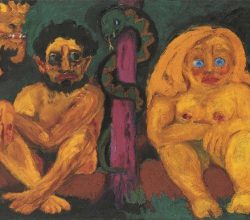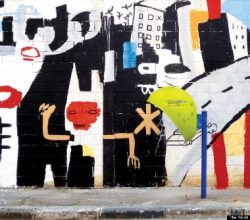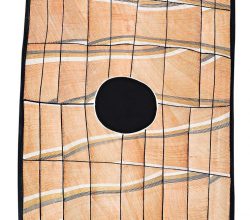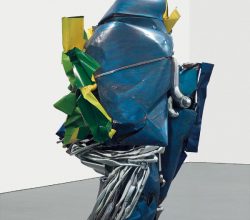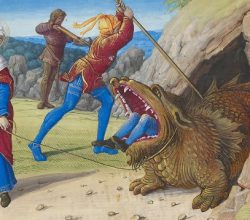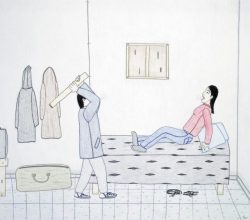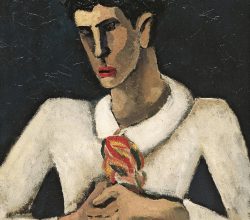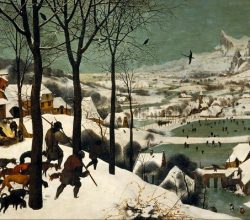
The Mysteries of Pieter Bruegel the Elder’s Peasant Paintings
Alina Cohen | Artsy | 24th August 2018
Bruegel’s paintings are so rare and fragile that a Vienna show of 30 paintings is unprecedented. He borrowed Hieronymus Bosch’s detailed style but Bruegel focused on village life and landscapes. What did he intend – morality tales, comedies or just pleasant rural scenes? “They’re mysterious and don’t give away a lot of clues.” More images are here.

